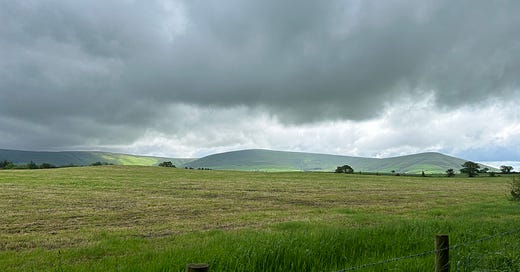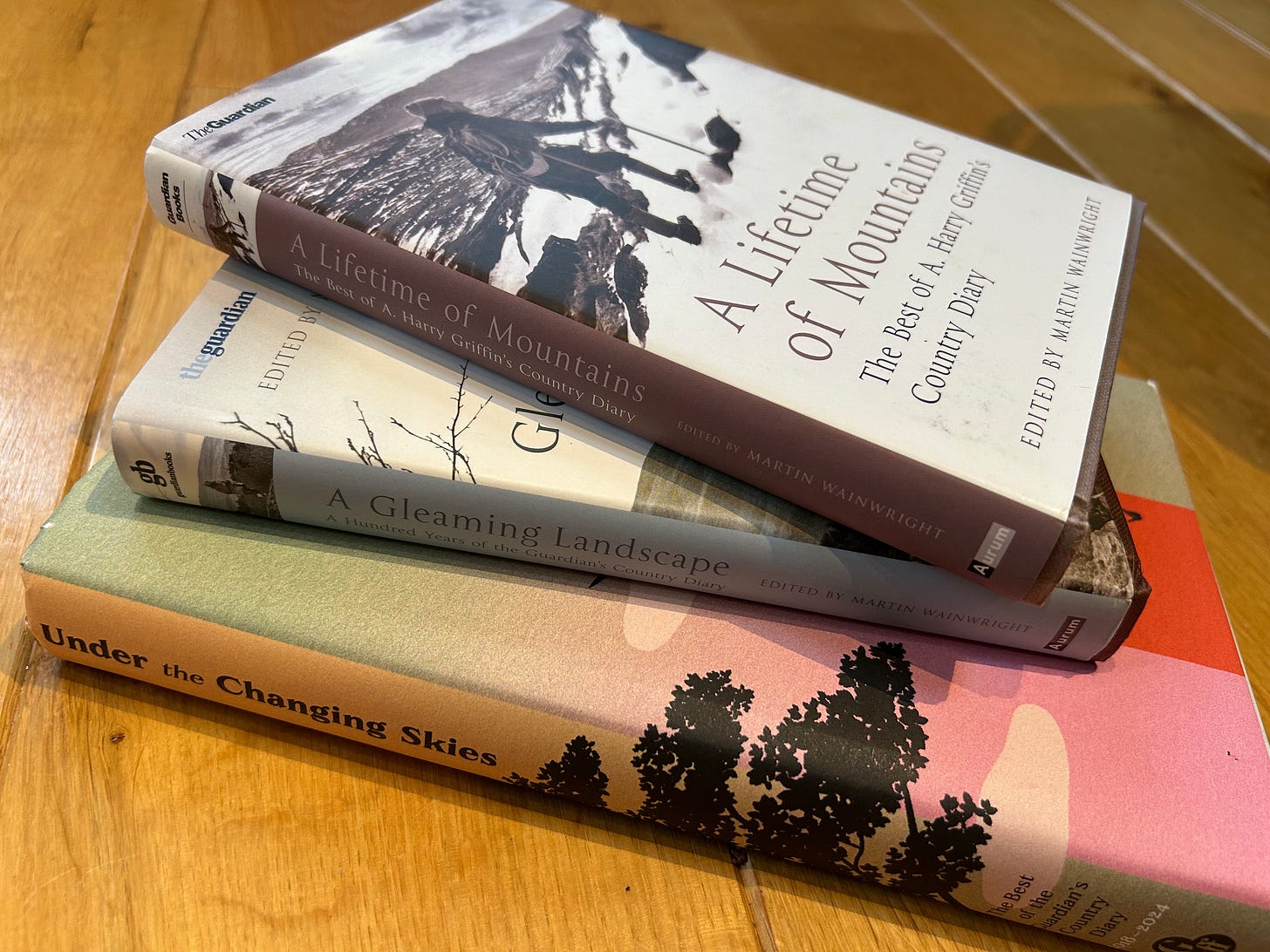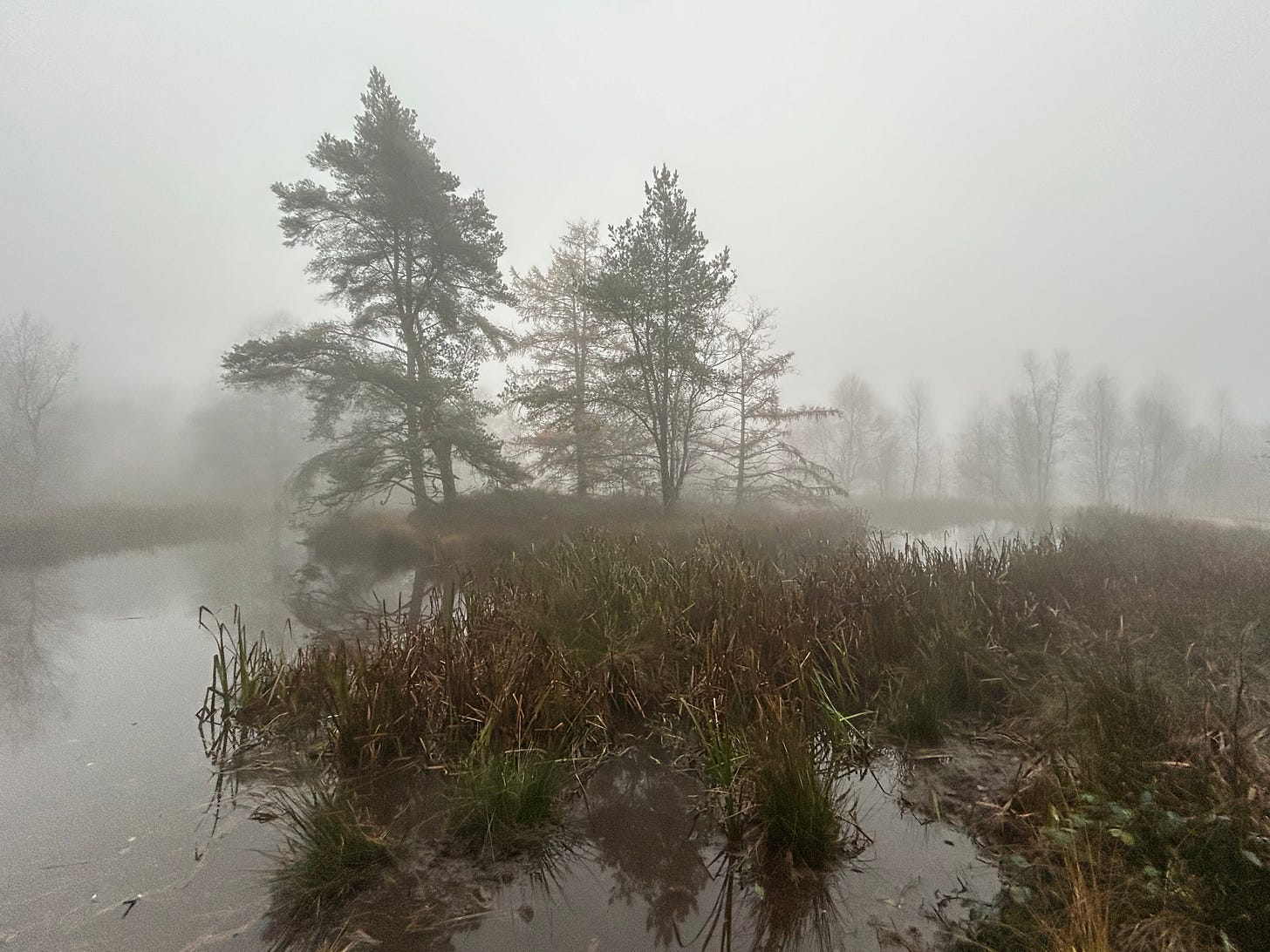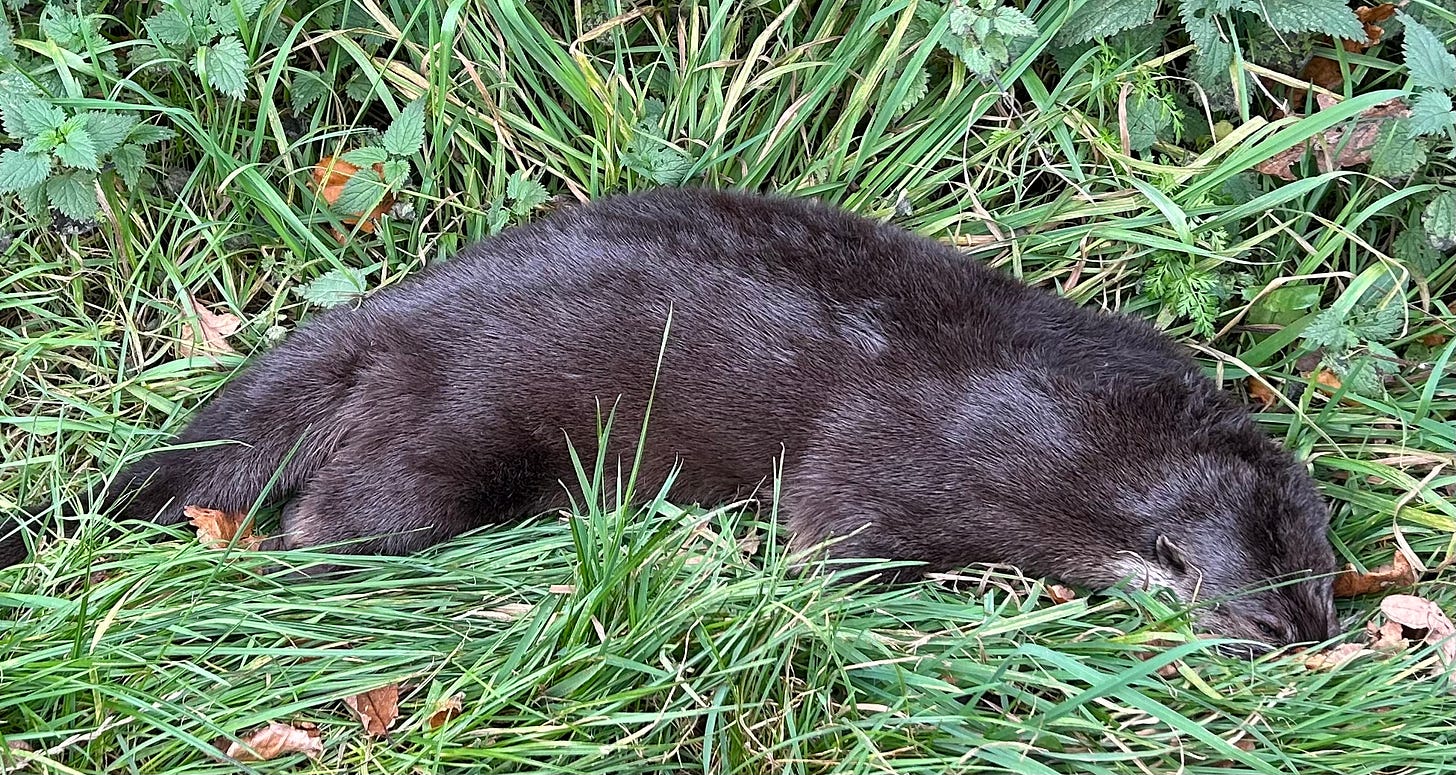Reading Under the Changing Skies, a collection of Guardian Country Diaries from the last 20 years has me thinking on the impact and influence of these daily diaries. The Guardian Country Diary is one of the longest-running newspaper columns in the world. It began in 1906 and continues to be published daily. The column consists of beautifully written observations of nature, wildlife, and rural life from different locations across Britain.
As long as I have been a Guardian reader (sometime back in the 70’s) I have been an avid reader of the Country Diary column, often the first item I turned to, in print, and now digitally, and increasingly aware of how they have influenced my thinking about nature, outdoors, climate and writing style.
The diary entries are written by a rotating group of contributors, typically naturalists, writers, and countryside experts. Each piece is a short, detailed observation of the natural world in a specific location, often capturing seasonal changes, wildlife behaviour, weather patterns, and the interconnections between human and natural life in Britain’s countryside.
What makes the Country Diary significant is its combination of scientific accuracy with lyrical, often poetic writing. Writers describe anything from the first appearance of winter snow or spring flowers to the behaviour of local birds, the changing colours of autumn leaves, or the discovery of rare species.
The column has featured notable nature writers, and for me has been walking/climbing diarists such as Jim Perrin and Harry Griffin whose regular columns on walking, climbing, tarn swimming and skating in the Lake District, were a wonderful tonic for when I couldn’t get into the Cumbrian hills myself when working away overseas.
Over the 120 years, the column has introduced significant events and markers on ecology and climate, such as the works Silent Spring and others. Importantly though they have tracked observational changes around climate, shifting phenology patterns and changes in biodiversity, weather and rural life. In many ways, it is a continuation of the Gilbert White nature diaries mentioned often on Regen/Notes .
In addition to the Under Changing Skies collection, there are two other collections which are highly recommended, A Gleaming Landscape chronicles the first 100 years and more specifically, the A Lifetime of Mountains - the best of Harry Griffin’s amazing 53 years of diaries.
I like to think, perhaps more wishfully than anything, that my Regen/Notes posts have been influenced by, and have something of the Diary style in them. Along with the current reading of Under the Changing Skies, the sad finding of a dead otter not two miles from home on a recent cycle ride, I thought it would be a fun exercise to attempt crafting a Regen/Note post more strictly within the style of a County Dairy.
I would love to know others' thoughts on both influences of the Country Diaries, and comments on my attempt here would be much appreciated.
Suddenly, a shaft of sunlight seeded the rushes with diamonds, the whole landscape gleamed. Jim Perrin Country Diary Dec 2005
On coming across an otter…
An otter’s journey between waters and across watersheds, as old as the hills themselves, cut short by our hurried modern rhythms.
On a narrow lane skirting Barnfold Reservoir, with mist holding in folds of land I find the otter on a grass verge. Recent death has yet to harden ki soft and sleek form, a healthy male, I think, though I dare not touch to confirm. The discovery brings a complex of emotions: joy that these elusive creatures inhabit our area, followed swiftly by the sadness of loss.
Less than two miles from home, I’ve cycled this route hundreds of times, watching for wildlife in hedgerows, fields, fells and air. Yet this is my first confirmation of otter presence, marked by tragedy on tarmac. Such is their elusiveness nature - are we more likely to see dead otters here than to witness them going about their daily lives?
With afternoon light failing a November dusk is creeping early beneath the mist’s grey blanket. To the north, the Bowland Fells of Fairsnape Fell are barely visible, though closer, Beacon Fell’s familiar outline stands clearer, every contour known from daily walks.
A little later, I stop and reflect at the Tarn, an SSSI site on account of its dragonfly diversity. Today there are none and the tarn is still as pewter, broken only by the occasional splashing and squabbling call of mallards in the reeds.
It's wonderful to think these local waters, mostly angling lakes, (though not this Tarn) may now host otters, creating threaded otter runs between them. Their presence indicates cleaner waters, richer ecosystems and wilder possibilities. Visiting now, I will be alert for any sign of otter activity.
Our narrow country lanes, bordered by dry stone walls and dense hedgerows that have guided traffic for centuries, now carry faster, heavier loads. This otter’s journey between waters and across watersheds, as old as the hills themselves, was cut short by our hurried modern rhythms. As darkness gathers pace, I leave ki to the mist and the gathering night to report the 'find' later, carrying home both a weight of loss and the spark of wild hope.







Lovely turn of words Martin. Go forth and commit to this style and may you gain a larger fellowship of kinfolk. Another writer from of old in the states is Hal Borland, one of my favorites. He could make you feel the temperature and smell the air. The one I have read the most is "Twelve moons of the year". Walter